Tips for Knitting Your First Hat


If you are ready to begin knitting your first hat, there are some things you should be aware of to help prep you for your project. You’ve likely done some knitting already, which means you have an idea of the basic supplies and materials that go into knitting projects. It is important to know that while you will be working with familiar materials, there are variants that are best suited for particular garments. For some helpful tips for knitting your first hat, read below.
Casting on Your Hat
The cast on is important because it is the first step of any knitting project. There is the standard cast on that every knitter learns when beginning the craft. It can get complicated, though, when you’re making articles of clothing. Many people have experience knitting a pair of socks, a sweater, or a hat, only to realize after they’ve completed it, that it’s too tight. This has to do with the cast on. A cast on can vary in its stretchiness. If you choose one that allows for more stretch, it will make the entire hat stretch better. This can also be affected by the choice of yarn. Certain yarns will have less give, which will make the cast on have less give. Along with the yarn you choose, keep a variety of cast on methods handy. Consider some methods such as a cable cast on, long tail tubular cast on, and double start cast on, all of which are great methods for knitting a hat.
Styles of Needles and Knit Methods
Certain patterns will sometimes call for a particular set of needles and knitting pattern. There tends to be two common knitting patterns—knitting in the round and straight. Knitting in the round has its advantages for creating garments like socks, booties, and hats. The two types of needles—straight and rounded—are technically designed to go with the two knitting methods. The choice of needle can also depend on your comfort level. It should be noted that knitting in the round is usually done on circular needles. Many people have also cited that while they have learned on straight needles, circular needles became their preferred choice because they are more comfortable to use, stitches stay on the needle better, and they are even more portable. It is best to stick to the type of needle and method that works best for you. The more you like the tools you are working with, the more enjoyable your knitting project will be.
Bamboo, Metal, and Plastic Needles
Now that we’ve discussed the styles of knitting methods and needles, it’s important to look into the material options and needle sizes that are available. There are several options available for knitting needles, including plastic, metal, and even bamboo. While some are said to be better for certain knitting methods, it really is more about your comfort. Metal needles have both advantages and disadvantages. They are smooth and slick which allow you to knit faster. For beginners, this may not be so easy. Recently, basic plastic is commonly used when people are first learning how to knit. Plastic needles are inexpensive, and have a lightweight, flexible feel. You may find bamboo needles to be even better. Bamboo needles are one of the most popular options throughout the world. While bamboo is incredibly strong, it’s also very light. Bamboo needles feel very easy on the hand, and tend to adhere to the stitches well, making it harder for them to fall off the needle. You can get the finest-quality needles by looking at our quilting tools from Canada or other similar retailers.
Gauge Swatching Makes a Better Final Product
This is one of our tips for knitting your first hat that you won’t want to forget. You don’t want to skip the swatch process when knitting a garment, especially if you’re a beginner. Making sure to swatch is something you’ll want to do before casting on for your actual hat. Swatching allows you to familiarize yourself with the type of yarn you’ve chosen, and it saves you from wasting time troubleshooting your garment’s fit while trying to turn out the actual product. While this might seem like a nuisance in the way of getting on with the official garment, it doesn’t take very long. You can likely swatch in one evening if you really want to just knock it out of the way. Make sure to knit your swatch using the same materials and the same type of needles. This can help you test which knitting method will work best for you in creating your hat.
Don’t Forget to Use Stitch Markers
Another detail you don’t want to forget when knitting your first hat is to use stitch markers. Stitch markers will help you keep track of the beginning and end of every stitch repeat. If you don’t use stitch markers, you could end up realizing far into your work that you made a mistake, but not knowing where the mistake is. This will cause you to rip out an entire row, if not more, resulting in wasted time and effort. Stitch markers will make it much harder for you to get off track. Be sure to choose stitch markers that come in a variety of sizes and bright colors, which will make them easy to spot.
Choose the Right Yarn Fiber
There are a variety of yarns made for different types of projects. For a thick, high-quality hat, it’s best to go with yarn that has a high content of wool. You also want to make sure that the yarn you choose has a good amount of stretch to it, as we mentioned above. Another great option is 100% wool yarn, which will give quality stitch definition, and they are available in a wide variety of colors. One of the benefits of wool is that it has high stretching ability, but it does not lose its shape. There are yarns made of other strong fibers, but they unfortunately don’t have the same amount of elasticity.


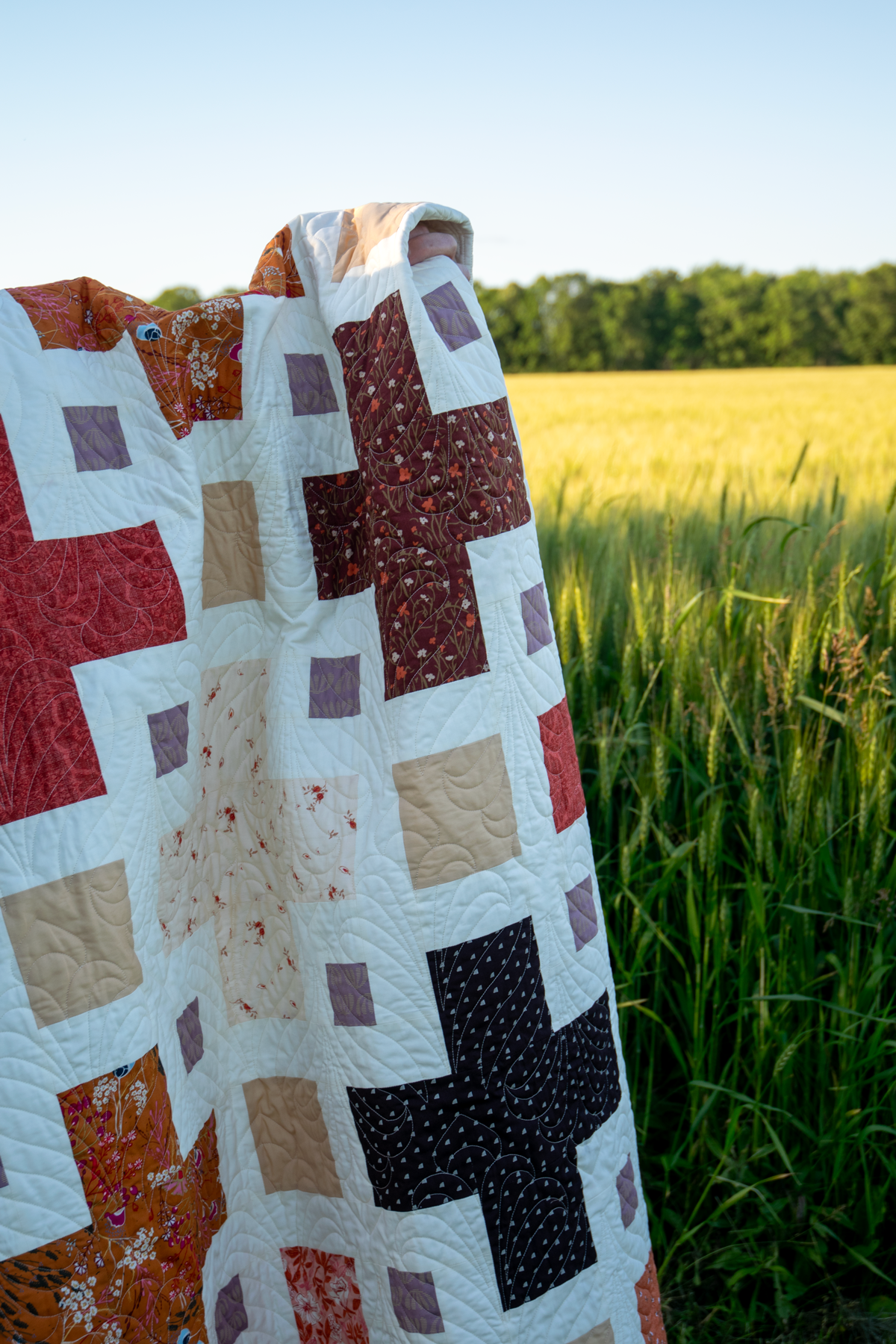



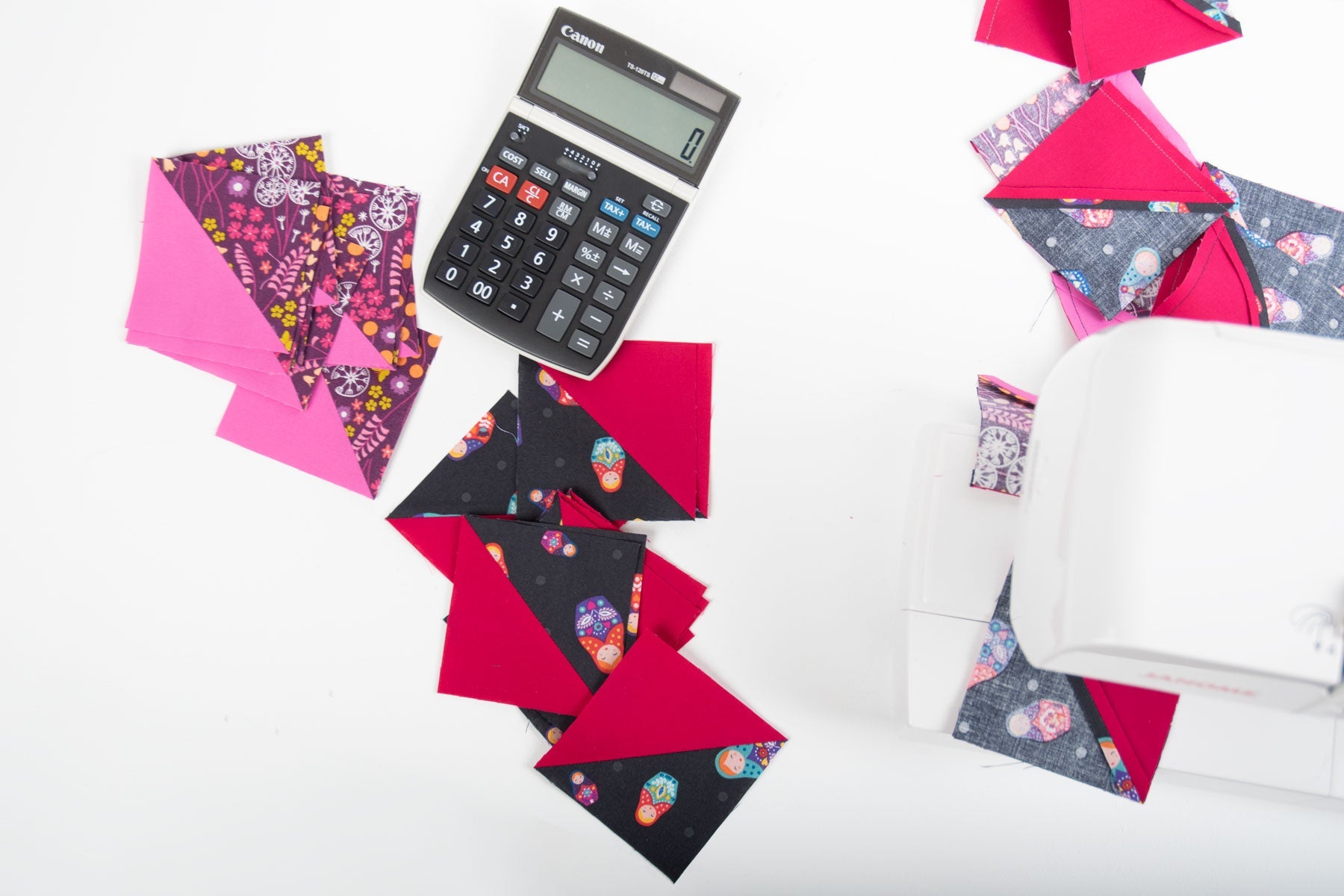
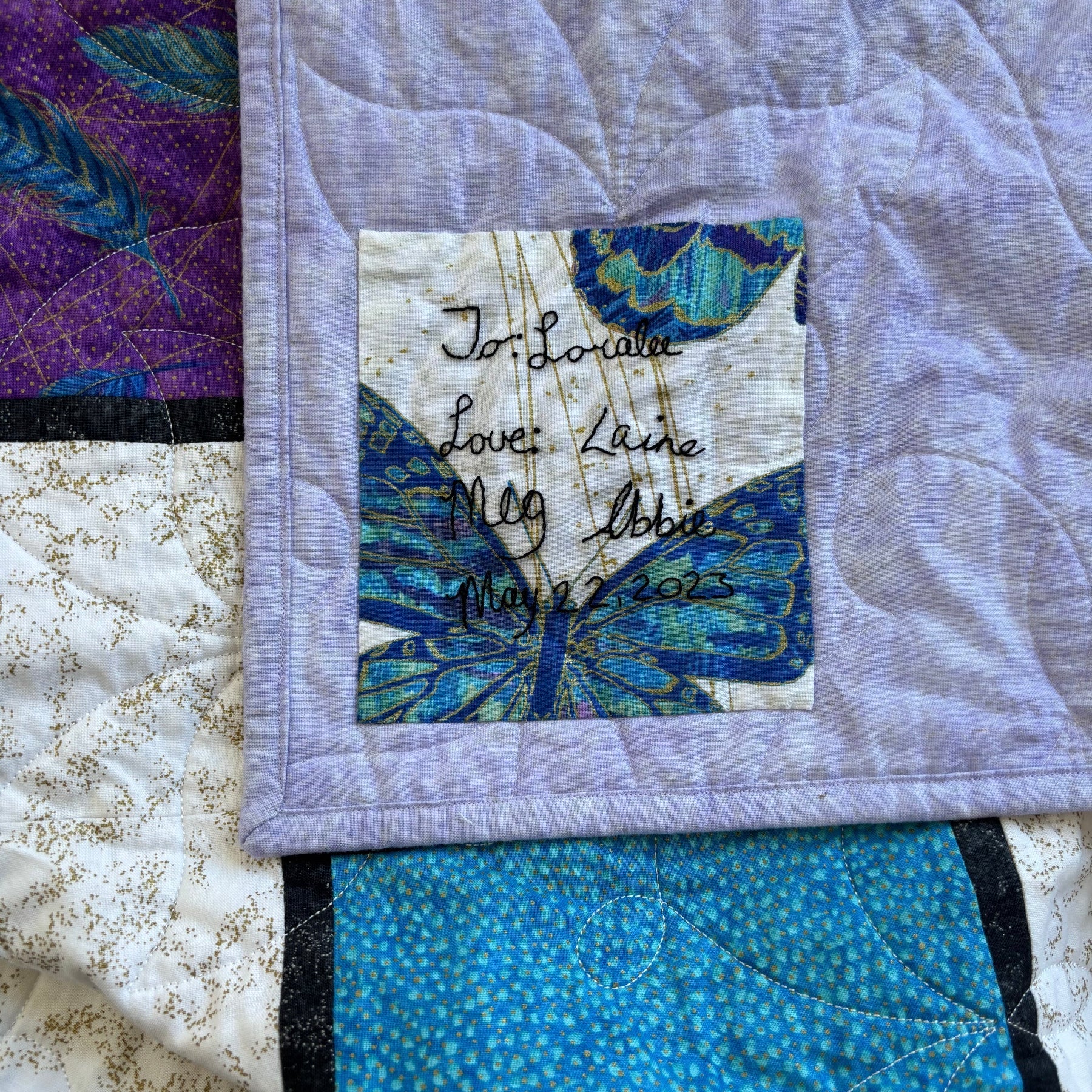


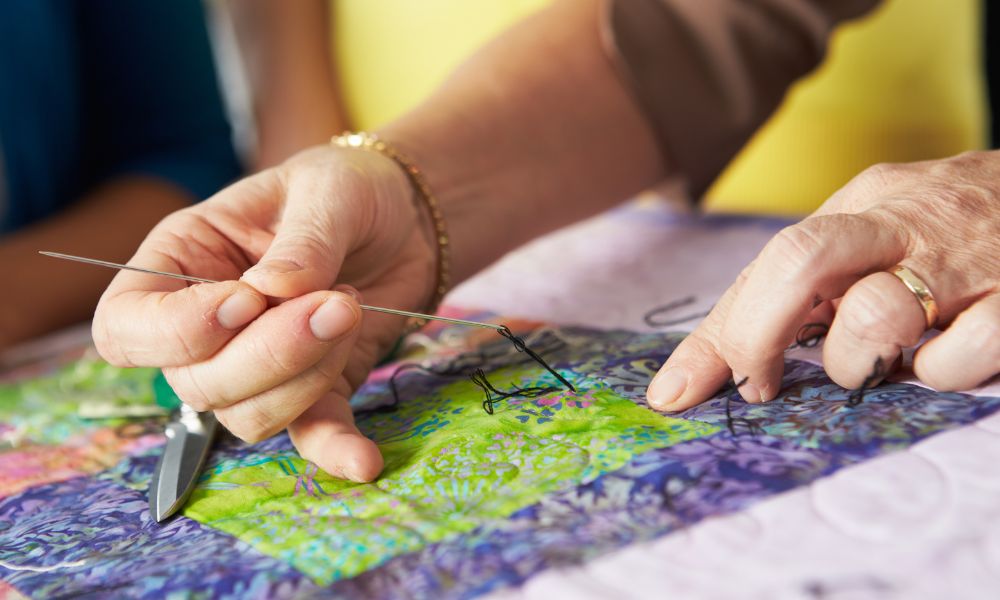
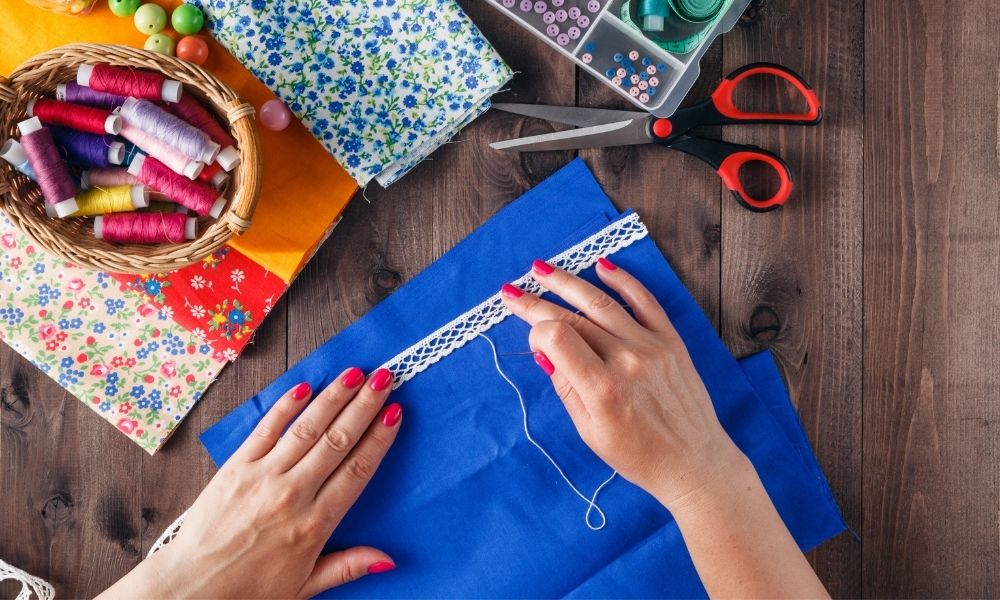
Comments